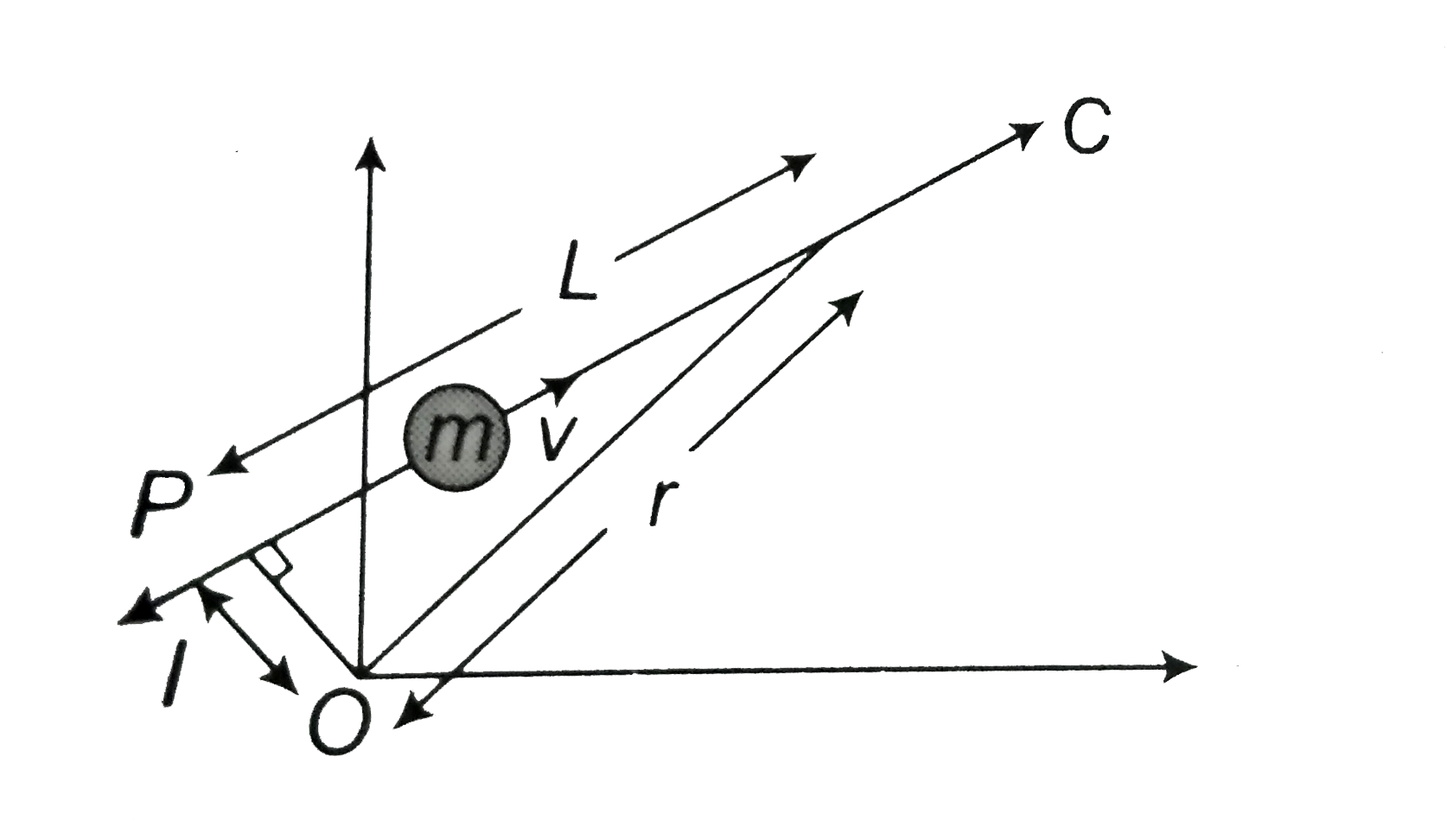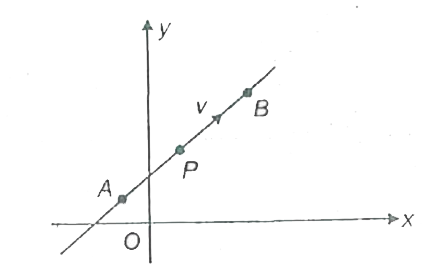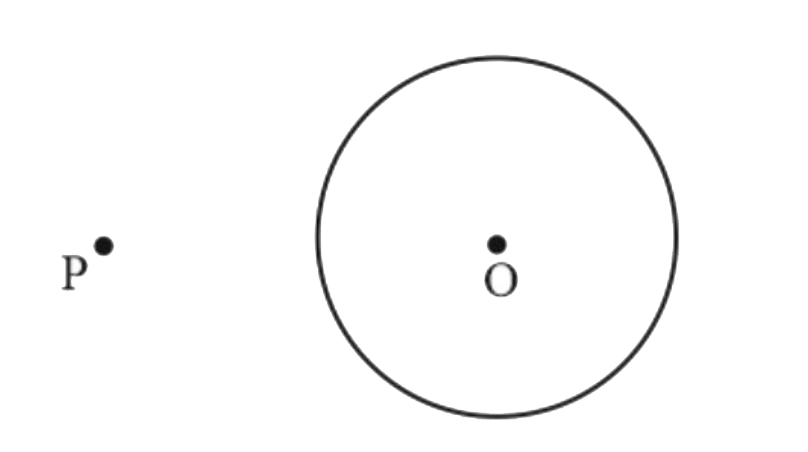In solids, the particles move about
other particles
their fixed position
independently
do not move
The correct Answer is:B
Step-by-Step Solution:
1. Understanding the Nature of Solids:
- Solids are one of the three primary states of matter (the others being liquids and gases). In solids, the particles (atoms or molecules) are closely packed together.
2. Particle Arrangement in Solids:
- The particles in solids are arranged in a fixed and orderly manner. This arrangement results in very little space between the particles, making them tightly packed.
3. Movement of Particles:
- Although the particles in solids are tightly packed, they are not completely stationary. They do have some movement.
4. Type of Movement:
- The movement of particles in solids is primarily vibrational. This means that while the particles cannot move freely from their fixed positions, they can vibrate around those positions.
5. Conclusion:
- Therefore, in solids, the particles move about their fixed positions by vibrating. They are always in motion, but this motion is limited to small vibrations rather than free movement.
Final Answer:
In solids, the particles move about their fixed positions by vibrating.
---
- Solids are one of the three primary states of matter (the others being liquids and gases). In solids, the particles (atoms or molecules) are closely packed together.
- The particles in solids are arranged in a fixed and orderly manner. This arrangement results in very little space between the particles, making them tightly packed.
- Although the particles in solids are tightly packed, they are not completely stationary. They do have some movement.
- The movement of particles in solids is primarily vibrational. This means that while the particles cannot move freely from their fixed positions, they can vibrate around those positions.
- Therefore, in solids, the particles move about their fixed positions by vibrating. They are always in motion, but this motion is limited to small vibrations rather than free movement.
In solids, the particles move about their fixed positions by vibrating.
Topper's Solved these Questions
- MATTERBOOK - ICSECHAPTER - MATTEREXERCISE - EXERCISE (B. True or False)
5 Videos
- MATTERBOOK - ICSECHAPTER - MATTEREXERCISE - EXERCISE (C. Fill in the blanks)
5 Videos
- MATTERBOOK - ICSECHAPTER - MATTEREXERCISE - Test Yourself - 2 ( True or false )
4 Videos
- LANGUAGE OF CHEMISTRY BOOK - ICSECHAPTER - LANGUAGE OF CHEMISTRY EXERCISE - Exercise (Balance the following equations)
4 Videos
- PHYSICAL & CHEMICAL CHANGESBOOK - ICSECHAPTER - PHYSICAL & CHEMICAL CHANGESEXERCISE - OBJECTIVE TYPE QUESTIONS (Physical & Chemical Changes)
21 Videos
Similar Questions
In solids, molecules move randomly.
View SolutionFor each of the following statements, say whether it describes a solid, a liquid or a gas.
(a) Particles move about very quickly but do not leave the surface.
(b) Particles are quite close together.
( c) Particles are far apart and move in all directions.
View SolutionA particle at rest is constrained to move on a smooth horizontal surface. Another identical particle hits the stationary particle with a velocity v at an angle θ=60∘ with horizontal. If the particles move together, the velocity of the combination just after the impact is equal to
View SolutionA particle at rest is constrained to move on a smooth horizontal surface. Another identical particle hits the fractional particle with a velocity v at an angle θ=60∘ with horizontal. If the particles move together, the velocity of the combination just after impact is equal to
View SolutionA particle of mass m moves along line PC with velocity v as shown. What is the angular momentum of the particle about O?

View SolutionA particle P is moving along a straight line as shown in the figure. During the motion of the particle from A to B the angular momentum of the particle about O

View SolutionConsider a particle , moving in a circle with constant speed . P is a point outside the circle , in the same plane . Then , the angular momentum of the particle about the point P is

View SolutionA particle mass 1 kg is moving along a straight line y=x+4. Both x and y are in metres. Velocity of the particle is 2m/s. Find the magnitude of angular momentum of the particle about origin.
View SolutionA particle of mass m is moving along a trajectory given by
x=x0+acosω1t
y=y0+bsinω2t
The torque, acting on the particle about the origin, at t=0 is:
View SolutionA particle, held by a string whose other end is attached to a fixed point C, moves in a circle on a horizontal frictionless surface. If the string is cut, the angular momentum of the particle about the point C
View Solution
